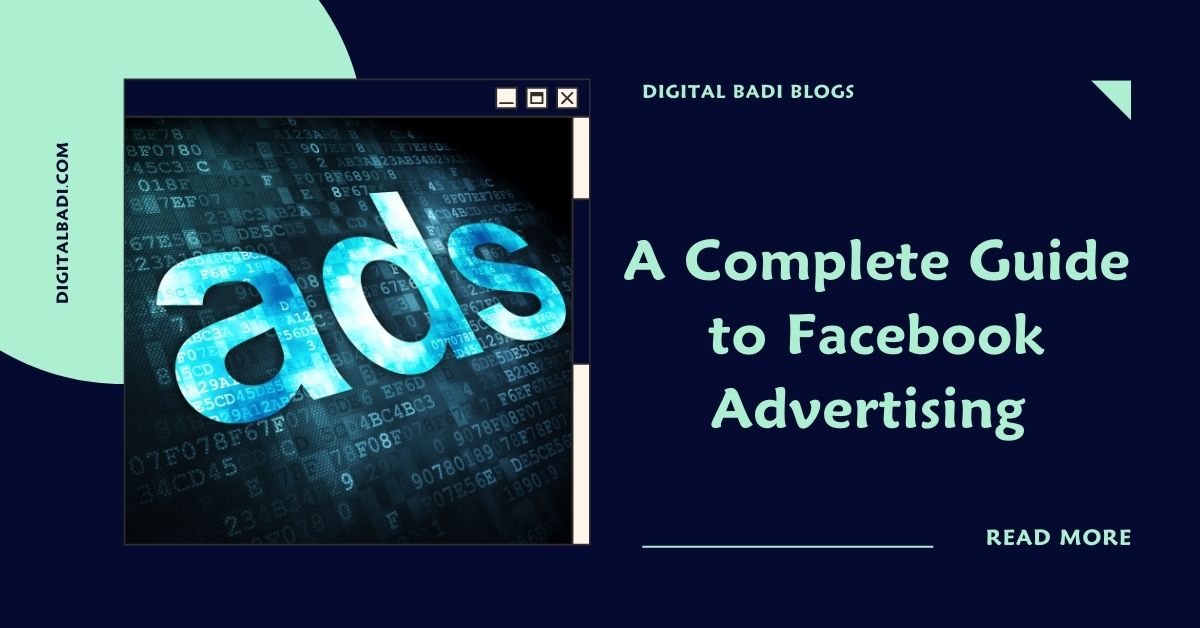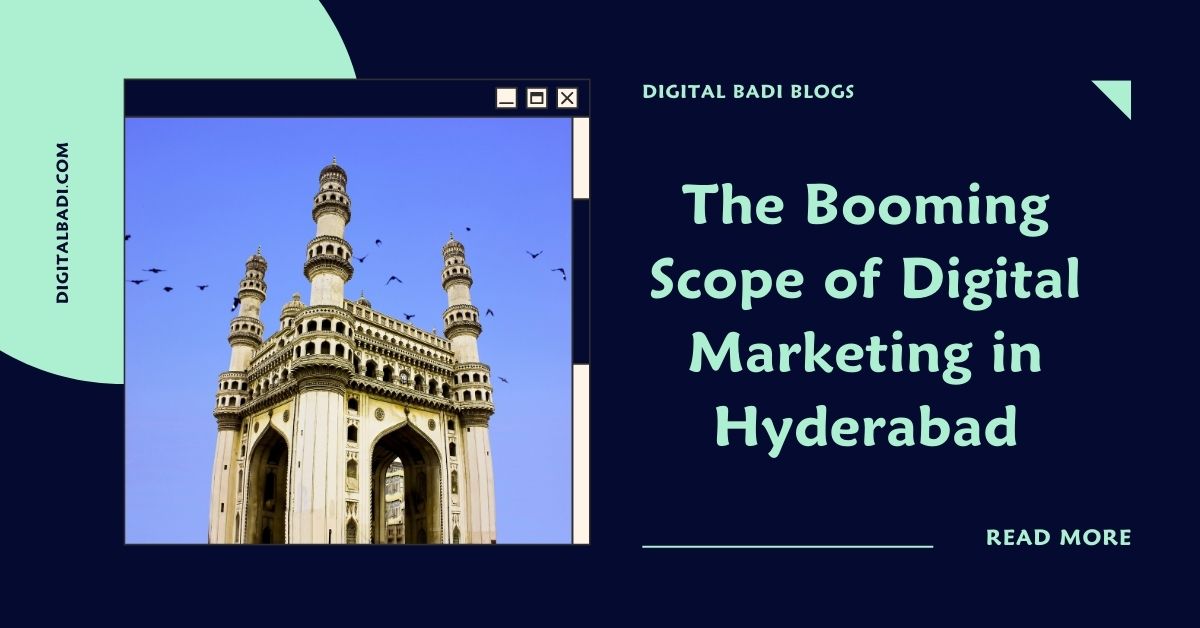Table of Contents
What is Facebook Advertising
Hey everyone! John here, back again with another post in my digital marketing series. So far we’ve covered all aspects of SEO, content creation, email marketing, social media and more.
Today I want to focus on one of the most powerful online advertising platforms – Facebook Ads. If you’re looking to get started with Facebook advertising to grow your business and need a primer, this post is for you!
What are Facebook advertising: Facebook ads are paid messages that businesses place on Facebook. This gives you the flexibility to write in your own voice. Plus, you can reach the people who matter most to you, as explained in the social network’s beginner’s guide.
I’ll provide a comprehensive overview explaining what Facebook ads are, why they’re effective, how to create and optimize ad campaigns, tips to improve results, and common mistakes to avoid. Let’s dive in!
What Are Facebook Ads and How Do They Work?
Facebook Ads are paid advertisements displayed across Facebook’s entire family of apps and services. This includes:
- Facebook feed
- Instagram feed and stories
- Messenger
- Audience Network third-party apps/sites
There are numerous different Facebook ad formats you can run:
- Image and video ads
- Carousel ads
- Stories ads
- Messenger ads
- Dynamic product ads
When you run Facebook ads, you’re able to target them extremely precisely using detailed targeting such as:
- Demographics like age, gender, location
- Interests and habits
- Behaviors like past purchases
- Custom audiences from your email lists and pixel
- Lookalike audiences that mirror existing customers
Your ads get displayed to people matching your parameters. You then pay only when someone clicks your ad or takes a desired action. The more your targeting lines up with ideal customers likely to convert, the better your results will be.
Why Are Facebook Ads Effective?
There are a few key reasons Facebook ads work well for many businesses:
Huge existing audience – Billions of people already actively use Facebook and Instagram daily, so there’s a massive existing audience to target rather than having to attract them elsewhere.
Precise targeting – No other advertising platform allows you to target users based on more data like interests, behaviors, and connections to your brand. This higher intent targeting converts better.
Supports all goals – Facebook ads can drive a wide range of objectives: website traffic, conversions, catalog sales, store visits, lead generation, video views, app installs and more.
Detailed analytics – Robust analytics and reporting provide impression-level data, allowing deep analysis of what’s working best.
Retargeting – Pixels allow retargeting of past visitors or customers to continue engaging them across the Facebook ecosystem.
Automation – Powerful automation tools exist to optimize Facebook ad performance like lookalike audiences, split testing and AI-driven creative.
The unique combination of accurate targeting, measurable results and automation makes Facebook ads highly appealing for marketers.
How to Create Effective Facebook Ad Campaigns
Now that you know the basics, let’s walk through how to create optimized Facebook ad campaigns:
Step 1 – Set Your Campaign Goals and Objectives
First, you need to define what you want your ads to accomplish. Common goals include:
- Traffic – Get people to visit your website
- Conversions – Get people to purchase or complete a desired action
- Brand awareness – Broad reach to increase awareness
- Lead generation – Get people to opt-in via form fills
- Engagement – Get reactions, comments and shares
- App installs – Get people to install your app
Your objective informs your targeting, creative, placements and bid strategies, so choose wisely.
Step 2 – Work on Ad Sets for Audience Targeting
Ad sets are essentially groups of audiences you want to target with the same messaging. Some ad set best practices:
- Test interest-based, lookalike, behavior, and saved audience targeting.
- Try narrow, broad, and layered approaches to find the optimal specificity.
- Organize ad sets around similar audiences like social groups or past converters.
- Keep the number of ad sets per campaign manageable.
- Use automatic placements or selectively choose placement types.
Take time to test different targeting configurations in your ad sets.
Step 3 – Create Quality Ad Creatives
The visuals and copy of your ads can make or break performance. Some tips:
- Test ad variations with different copy and design.
- Use high quality, eye-catching visuals and video.
- Convey benefits and play to emotions rather than just features.
- Make sure messaging aligns seamlessly with landing page.
- Monitor feedback on creative from Facebook’s Ad Manager.
- Create canvases with templates for consistent look and feel.
More relevant, appealing creatives improve click-through rate.
Step 4 – Set Bids and Budgets
How you manage bids and budgets also impacts success:
- Start with automatic bidding to gather data.
- Set daily and lifetime campaign budgets based on your goals and resources.
- Use cost caps per action on conversion campaigns to control costs.
- Monitor results at the ad set level to identify top performers deserving more budget.
- Adjust bids manually later once you have sufficient conversion history and data.
- Schedule ads during ideal hours and days when target audiences are most active.
Balance bid aggressiveness with budget management for optimal ROI.
Step 5 – Track Key Metrics and Optimize
Key metrics to analyze in Facebook Ads Manager include:
- CPM/CPC – Are your bids competitive and cost effective?
- Reach and impressions – Are you gaining sufficient scale?
- Clicks, CTR – Is your content resonating with people?
- Conversions, CPA – Are you achieving your goals cost efficiently?
- ROAS – Does revenue exceed your ad spend overall?
Continuously refine targeting, creative, placements and bids based on performance data.
By following these steps, you can launch highly optimized Facebook ad campaigns!
Facebook Advertising Best Practices
Beyond the basics, keep these Facebook ad best practices in mind:
- Pixel everything – Install Facebook pixel on all site pages to enable advanced tracking and retargeting.
- Split test constantly – Test ad variations, targeting approaches, placements, bids simultaneously to find what resonates.
- Monitor competition – Research what competitors are doing with their Facebook ads using tools like FB Ad Library.
- Analyze on device level – Break down performance by mobile vs desktop. Optimize based on what converts best.
- Watch detailed metrics – Drill into detailed breakdowns by age, gender, interests and behaviors rather than just overall results.
- Make mobile-first ads – Ensure ad dimensions and copy resonate on small mobile screens where most users are.
- Remarket website visitors – Create custom audiences from your pixel and tailored ads to re-engage them.
- Leverage lookalike audiences – Grow your reach efficiently by having Facebook find people similar to proven converters.
- Improve landing pages – Send traffic to dedicated landing pages with a clear path to the desired action to increase conversion rates.
By mastering advanced Facebook advertising techniques over time, you can really maximize results.
Common Facebook Advertising Mistakes
Be sure to avoid these common pitfalls when running Facebook ad campaigns:
- Giving up too quickly – It takes time and continuous refinement for results to ramp up. Have patience.
- Setting unrealistic objectives – Don’t expect sky-high engagement or conversions instantly. Set incremental goals.
- Using overly broad targeting – Targeting everyone rarely converts well. Precision is key.
- Weak call-to-action – Not having a clear CTA button or link hurts conversions. Make them obvious.
- Poor quality ad creatives – Invest in compelling high-converting creatives, especially image/video content.
- Overlooking negative feedback – Monitor low quality scores or negative comments to inform optimization.
- Not tracking conversions – Optimize for actions not just clicks. Facebook pixel is a must.
- Ineffective landing pages – Send traffic to customized landing pages aligned to ad messaging.
Avoiding these missteps will set you up for long-term Facebook advertising success.
Are You Ready to Start Facebook Advertising?
And there you have it! A complete step-by-step guide to getting started with Facebook ads and running winning campaigns.
Facebook’s detailed targeting, vast audiences and advanced analytics make it an unparalleled platform for driving results online.
Be sure to start small, track everything, constantly refine based on data, and reinvest budget into what works best. And don’t get discouraged – a learning period is expected when getting the hang of Facebook ads.
Let me know if you have any other Facebook advertising questions! I’m always happy to help further demystify one of the most powerful digital marketing channels available today.
Now it’s time to put your new knowledge into action. Here’s to launching successful Facebook ad campaigns!
If You are Looking for Best Digital Marketing Training Institute in Hyderabad.
We Provide Best Digital Marketing Course in Telugu and English Languages.






